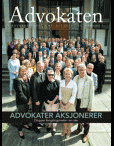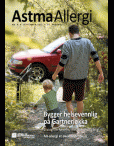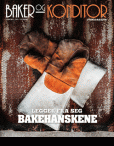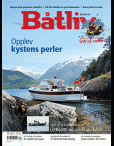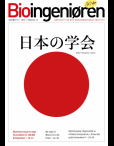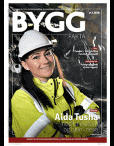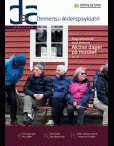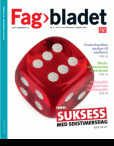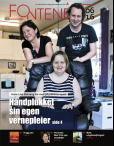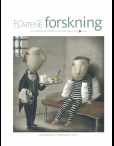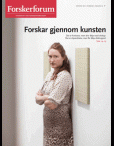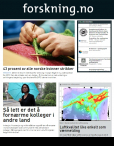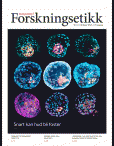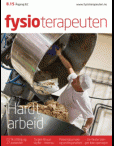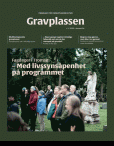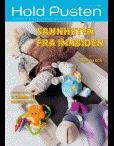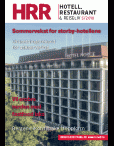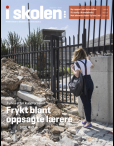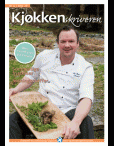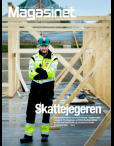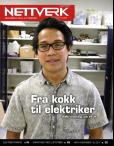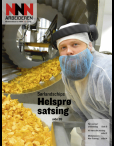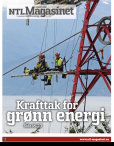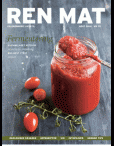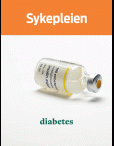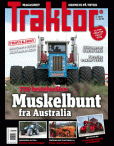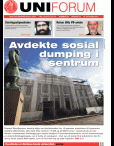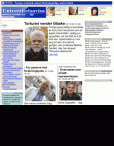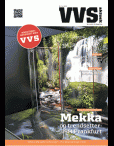
Key points
This article presents the recommended surface pretreatments for the main groups of dental ceramics (porcelain, glass ceramic, and zirconia) for bonding to the dental hard tissues. Clinically relevant aspects related to the bonding of dental ceramics, as well as the reasons for bonding, are also addressed and explained.
Treatment decisions are based on prevailing clinical conditions, recommendations, and the patient preferences, which affect the design of the tooth preparation, the choice of restoration, and cementation materials. The clinical success of all-ceramic dental restorations, in particular porcelain or glass ceramics, depends on adhesion, i.e. durable bonding between dental materials and tooth substance and thereby the obtained adhesive strength (bond strength). In order to achieve durable and optimal bonding, it is preferable that the preparation (or at least the preparation margins) lies in the enamel. Optimal bonding, is, however, not always possible. In clinical situations, of large destructions of teeth and deep subgingival margins, there is usually little or no enamel left; thus there is considerable risk of contamination of the interfaces to be bonded, and the procedure might become unreliable. The use of a rubber dam may be helpful, although it is not always possible. If an all-ceramic restoration is to be fabricated in a clinical situation where bonding with resin composite cement is suboptimal, the choice could fall onto a zirconia restoration bonded with resin-modified glass ionomer cement, provided that macro- and micromechanical retention are available by means of tooth preparation.
Bonding to ceramic materials
Tooth tissues do not possess any natural affinity to dental ceramics. This is why proper pretreatment and adhesive resin composite cements are vital when bonding ceramic materials to the tooth. Adhesive cementation is understood to be predominantly based on micromechanical and chemical retention. This promotes the preservation of tooth substance. For all-ceramic restorations made of porcelain or glass ceramic, adhesive cementation (based on, e.g. reactive organophosphate monomers) is essential to reinforce the ceramic material, thus allowing resistance to the forces to which they are exposed
Before cementation of an indirect restoration, the tooth structures and the indirect restoration need a pretreatment. In general, a pretreatment in dentistry is defined as one or a series of steps such as etching, roughening, cleaning, removal of any debris, so that an adhesive or adhesion promoter can be applied for durable bonding The literature describes several methods of surface pretreatment and modifications. These methods can alter the surface properties of the ceramics - chemically, physically, or both - and enable durable bonding between the adhesive cement and the pretreated ceramic surfaces
Depending on the type of ceramic, adhesion to its surface can be significantly increased by one of three surface pretreatments: (i) chemical pretreatment with hydrofluoric acid (HF) etching (or an alternative etchant), (ii) physical pretreatment such as grit-blasting (air-borne abrasion) with alumina powder to roughen the surface, and (iii) grit-blasting with silica-coated alumina particles, a method that leaves a silica layer to be subsequently silanised before an adhesive resin composite cement is applied.
Acid etching is typically performed with 5-10 % gel-like HF, which dissolves the glass matrix of porcelains or glass ceramics () and creates a micro-porous surface. These porosities enhance micro-mechanical interlocking for durable bonding. Despite the proven positive effect of HF etching on the adhesion to porcelains and glass ceramics, alternative surface pretreatment methods have been proposed to replace HF etching, primarily due to its high toxicity. With such alternative pretreatments, the surface of porcelains and glass ceramics is: (i) etched and chemically activated with a self-etching ceramic primer that contains tetrabutylammonium fluoride (TBAF), or (ii) etched with acidulated phosphate fluoride (APF), or (iii) ammonium hydrogen difluoride (NH4HF2) prior to cementation (). Currently, using HF is recommended.
The physical pretreatment involves grit-blasting (also called air-borne particle abrasion or sandblasting) with alumina (Al2O3) powder. The physical surface pretreatment optimises adhesion by (i) generating a clean surface with high surface free energy and low surface tension and by (ii) creating a roughened surface for retention, thereby making the surface more reactive for bond formation. A specific form of grit-blasting is tribochemical silica-coating, which utilises silica-coated alumina particles for creating a freshly formed silica layer onto the surface of the indirect restoration. Such silica-coating needs to be followed by a mandatory silane coupling agent (silane) application A wide range of intra- and extra-oral indications for tribochemical silica-coating exist, and this pretreatment has been suggested for zirconia bonding ().
After acid etching, the porcelain, glass ceramic, or silica-coated zirconia surface needs to be silanised. Silane-based adhesion promotion chemistry is very complex. Silane molecules are characterised by direct Si-C bonds. The silane coupling agents are so-called trialkoxysilanes with methoxy groups, -OCH3, and an organofunctional moiety at the other end of the molecule, separated by a linker part, -(CH2)n-. T




